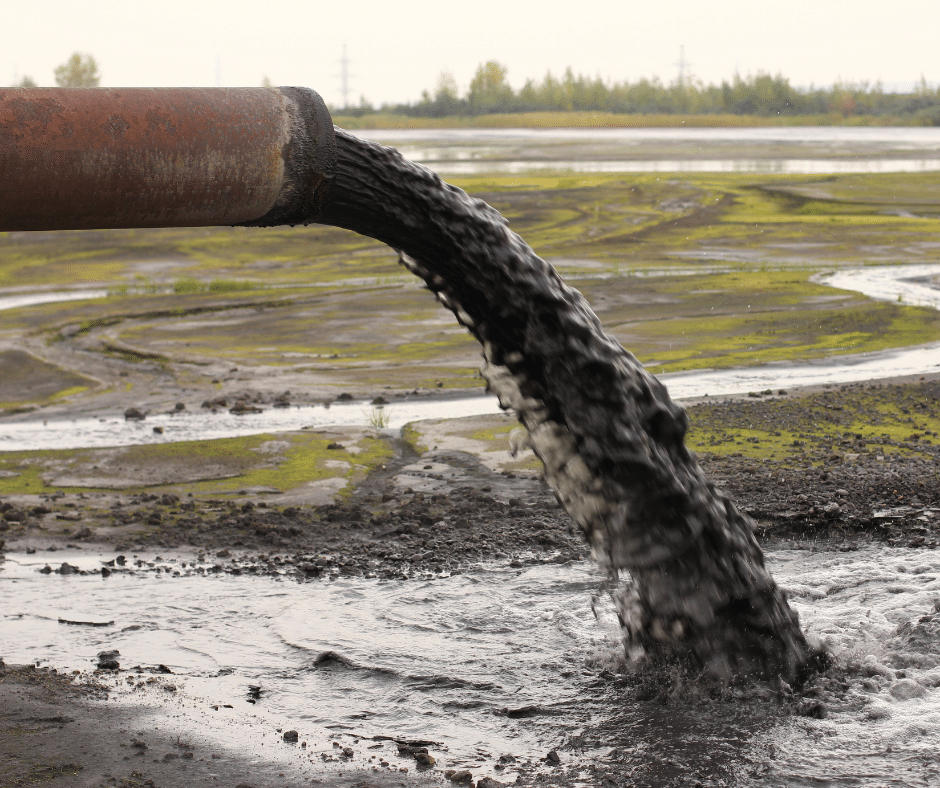Industrial Wastewater Treatment: Advanced Techniques for Effective Administration
Industrial Wastewater Treatment: Advanced Techniques for Effective Administration
Blog Article
How Fluid Garbage Disposal Functions: A Detailed Introduction of Strategies and Technologies Utilized

Introduction of Fluid Waste Types
The complexity of fluid waste types requires a detailed understanding of their characteristics and effects for disposal. Liquid waste can broadly be categorized right into numerous types, consisting of industrial, municipal, agricultural, and harmful waste. Each classification exhibits distinct residential properties, calling for specific management techniques to alleviate environmental and health dangers.
Industrial fluid waste originates from manufacturing procedures and typically has a series of impurities, such as hefty steels, solvents, and organic compounds. Municipal fluid waste, mainly comprising wastewater from homes and commercial establishments, consists of organic matter, nutrients, and virus (industrial wastewater treatment). Agricultural fluid waste, consisting of runoff from ranches, might include plant foods, chemicals, and pet waste, posing risks to water high quality and communities
Hazardous liquid waste is characterized by its toxicity, reactivity, or prospective to create harm. Recognizing these varied fluid waste types is vital for developing effective disposal methods and guaranteeing conformity with ecological regulations.
Physical Treatment Methods

Screening is the initial action, where bigger bits and debris are gotten rid of from the liquid waste making use of screens or grates. In sedimentation tanks, heavier bits clear up at the base, creating a sludge layer, while the cleared up liquid can be additional treated.
Filtration is an additional important method that includes passing the liquid through permeable products, such as sand or membranes, to capture smaller sized particles. This action boosts the high quality of the liquid, making it appropriate for subsequent therapy processes.

Chemical Therapy Strategies
Chemical therapy methods are crucial for properly managing fluid waste, especially in addressing dissolved and colloidal impurities that physical approaches might not effectively eliminate. These methods make use of various chemical agents to reduce the effects of, speed up, or transform unsafe compounds right into much less damaging forms.
One usual method is coagulation and flocculation, where chemicals such as alum or ferric chloride are included to advertise the gathering of suspended fragments. This procedure improves sedimentation, enabling much easier elimination of the resulting sludge. Furthermore, oxidation processes, employing representatives like chlorine or ozone, are utilized to break down complicated organic substances and virus, making the waste safer for discharge or further treatment.
Neutralization is one more crucial strategy, which readjusts the pH of acidic or alkaline waste streams to neutral see post degrees, preventing prospective harm to downstream systems and the atmosphere. In addition, progressed oxidation procedures (AOPs) utilize mixes of oxidants and ultraviolet light to break down relentless contaminants, achieving a greater degree of treatment efficiency.
Organic Therapy Processes
Biological treatment procedures play a critical role in the administration of fluid waste by making use of microorganisms to decay raw material and lower contaminant levels. These procedures can be broadly classified right into anaerobic and aerobic therapies, each utilizing specific microbial areas to attain effective waste deterioration.
Cardio therapy involves the usage of oxygen to facilitate the break down of natural materials by germs. This process is generally carried out in triggered sludge systems, where oygenation tanks give a helpful setting for microbial growth, leading to the oxidation of natural pollutants. The resultant biomass can be divided from dealt with effluent via sedimentation.
In contrast, anaerobic therapy happens in the absence of oxygen, depending on different microorganisms to damage down raw material. This method is especially useful for high-strength waste, as it produces biogas, an eco-friendly energy source, while minimizing sludge manufacturing. Technologies such as anaerobic digesters are frequently employed in community and commercial applications.
Both cardio and anaerobic biological therapies not only reduce the environmental impact of fluid waste but additionally assist in resource recovery, making them essential components of sustainable waste management methods. Their flexibility, efficiency, and performance support their extensive implementation across numerous fields.
Arising Technologies in Disposal
Cutting-edge approaches to fluid garbage disposal are swiftly evolving, driven by innovations in innovation and an increasing emphasis on sustainability. Amongst these arising modern technologies, membrane bioreactors (MBRs) have obtained traction for their ability to integrate biological treatment with membrane layer filtering, causing high-grade effluent that can be reused in various applications. MBRs allow smaller footprints and more reliable procedures compared to typical systems.
Another promising development is the usage of anaerobic food digestion incorporated with nutrient recuperation technologies, which not just deals with liquid waste however also produces biogas and recovers valuable nutrients like nitrogen and phosphorus. This dual benefit enhances resource efficiency and reduces environmental influence.
In addition, advanced oxidation my review here procedures (AOPs) are being adopted for the degradation of complex organic pollutants. These techniques use imp source effective oxidants and drivers to break down impurities at the molecular degree, providing an extremely efficient option for challenging waste streams.
Furthermore, the assimilation of expert system and artificial intelligence in waste administration systems is optimizing operational performance and predictive upkeep, leading to decreased prices and boosted environmental conformity. These innovations reflect a considerable change towards even more sustainable and efficient liquid garbage disposal methods.
Conclusion
In conclusion, effective liquid waste disposal necessitates a comprehensive understanding of numerous strategies and modern technologies. By continuously advancing these approaches, it becomes possible to resolve the growing challenges connected with fluid waste, ultimately contributing to ecological protection and resource recovery.
Liquid waste disposal is an essential element of environmental monitoring, calling for a detailed understanding of various strategies and innovations tailored to various waste kinds. Liquid waste can extensively be classified into a number of kinds, consisting of commercial, local, farming, and unsafe waste. Agricultural liquid waste, consisting of drainage from ranches, may have fertilizers, pesticides, and pet waste, positioning threats to water quality and ecosystems.
Different physical treatment approaches play an important duty in managing liquid waste effectively - industrial wastewater treatment.In final thought, effective liquid waste disposal necessitates a thorough understanding of different strategies and modern technologies
Report this page